Cannabigerolic acid (CBGa); a rare but potent cannabinoid
Your cannabis journey is incomplete without cannabigerolic acid (CBGa).
CBGa is directly involved in synthesizing other plant-based cannabinoids, thus, earning it the title “mother of cannabinoids.”
In addition to serving as the starting point for cannabinoid synthesis, CBGa also possesses an excellent therapeutic profile. It is one of the cannabinoids that experts believe may likely change the face of the cannabis industry by 2025.
Its possible benefits and other properties show it can supplant CBD and THC in the industry. Other cannabinoids mentioned in the list include THCa and THCV. See our article on these cannabinoids for more information.
All plant-based cannabinoids are derived from CBGa cannabigerovarinic acid (CBGVa). These cannabinoids are abundant in young cannabis plants and are later converted to other cannabinoids as the plant ages.
While CBGa is converted to other acidic cannabinoids like THCa, CBDa, CBCa, and CBG, CBGVa is converted into THCVa, CBGV, and other varin derivatives of cannabinoids.
These acidic cannabinoids are then stored in the plant or flower until harvested.
After harvest, the acidic cannabinoids are converted to neutral forms on exposure to heat or oxygen. Although it is quite unclear how long it takes for acidic cannabinoids to be converted to their neutral forms, it is clear the longer the flower is exposed to elements like air and heat; the more acidic cannabinoids are readily converted to their neutral forms.
Although scientists are still trying to understand why cannabinoids exist as acids in the plant, the medical and adult-use applications of these cannabinoids are quite impressive and often better than their neutral counterparts.
Until recently, most information on CBGa was centered on its role in synthesizing other cannabinoids. Since most of its concentrations are converted to CBG and other cannabinoids, obtaining CBGa from the plant was almost impossible.
What is Cannabigerolic acid used for?
CBGa products are available as tinctures, edibles, and topicals.
The therapeutic roles of CBGa have been tested by several scientists and the results are quite interesting.
Several research studies have shown the potential benefits of CBGa and how it is more active than common cannabinoids like CBD, CBG, and THC. Note that CBG and CBGa are non-intoxicating (psychotropic).
The therapeutic benefits of CBGa gained more attention when it was discovered to provide a more active anticonvulsant activity than CBD. It was also discovered to play a significant role in blocking the entrance of Covid-19 viral particles into host cells. Some of the other possible benefits of CBGa are listed below.
- Antioxidant activity: CBGa is one of the most active cannabinoids when it comes to neutralizing the harmful effects of free radicals. It is a better antioxidant agent than Vitamin C.
- Anti-inflammatory properties: Laboratory studies suggest CBGa may provide better anti-inflammatory benefits than NSAIDS (Non-steroidal Anti-inflammatory Drugs). NSAIDs are useful in relieving pains, aches, and fevers. This supports the possible use of CBGa for inflammation-induced diseases like asthma, multiple sclerosis, obstructive pulmonary diseases, and rheumatoid arthritis.
- Anti-cancer properties: A combination of CBGa and CBDV (cannabidivarin) is being explored as a possible source of novel cancer drugs for colorectal cancer. There are also other reports on how CBGa can stop the growth and spread of cancerous cells.
- Anti-microbial activity: CBGa is active against the growth and spread of Multi-Drug Resistant Staphylococcus aureus (MRSA). It is four times more effective than CBD at dealing with microbial infections. It also exhibits some excellent anti-parasitic properties.
- Anticonvulsant and anti-seizure activities: CBGa is more effective at dealing with convulsions and seizures than CBD.
- Eye care: CBGa can reduce ocular pressure and is reported to improve the penetration of eye care products by over 300 percent.
Other possible benefits of CBGa include neuroprotective agents, antidepressants, and antidiabetic and anxiolytic.
Why is CBGa so powerful?
CBGa can interact with over six cannabinoid receptors more robustly than other cannabinoids. The nature of its chemical structure makes it a good candidate for dealing with several disease conditions.
Unlike CBD and THC, CBGa shows a higher bioavailability and can simultaneously engage multiple receptors. Bioavailability is the proportion of a drug or other substance that enters the circulation when introduced into the body and, so, can have an active effect.
The higher the bioavailability of a substance, the lower the dosage required to trigger certain activities.
Strains that contain CBGa
Research shows that CBGa is highly concentrated during the rooting and vegetative phases of the cannabis plant. While this concentration may vary from one strain to the other, the highest concentration of CBGa is obtained in the leaves of plants in the root growing phase. The highest concentration of CBGa is obtained in the flowers after 150 to 172 days of plant growth (usually during the third week of flowering).
There are special cannabis strains or chemovars dedicated to CBG and CBGa. They are known as type 4 chemovars or CBG hemp and are specifically cultivated for CBG. These chemotypes contain a high concentration of CBG and CBGa. They may lack the enzymes that convert CBGa to other acidic cannabinoids, thus, favoring the production of CBG. All CBG hemp contains CBGa in large quantities. These strains may include;
- Cosmic Diesel
- Frosted Cake CBG
- Jack Frost
- John Snow
- Lemon Cream Diesel
- Sour G
- Stardust CBG
- Super Glue CBG
- The White
- White CBG
- White Whale
- White Widow
Note that most CBG strains are described as “white” to distinguish them from other cannabis strains. This is also largely because they have a frosty look.
CBGa vs. CBG
Although only a few research studies focused on the therapeutic roles of CBGa, it is very active and is twice as powerful as CBG. It can produce all the benefits of CBG at a lower dosage. The chemical structure of each compound may largely sponsor the difference in their interaction.
Is CBGa legal?
All hemp-derived cannabinoids are legal under the 2018 Farm bill as long as their THC concentration does not exceed 0.3 percent. Its non-intoxicating nature can come in handy in promoting several health benefits without predisposing the users to harmful side effects.
Need a little more Bluntness in your life? Subscribe for our newsletter to stay in the loop.
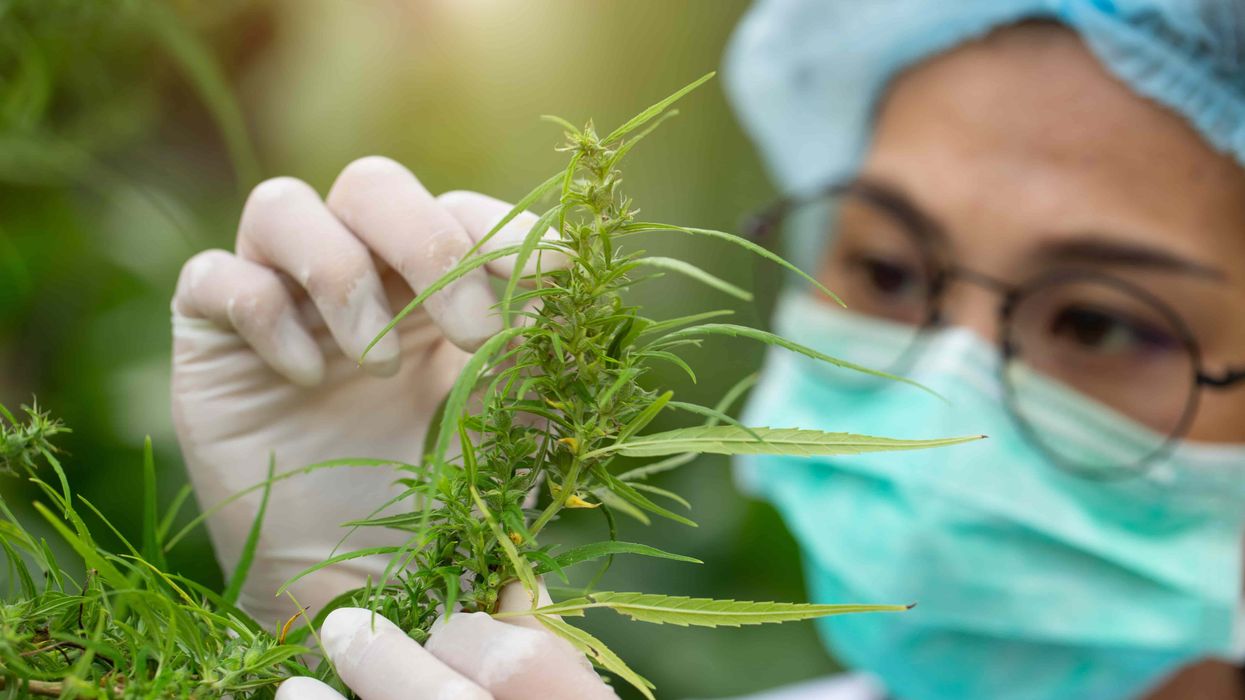








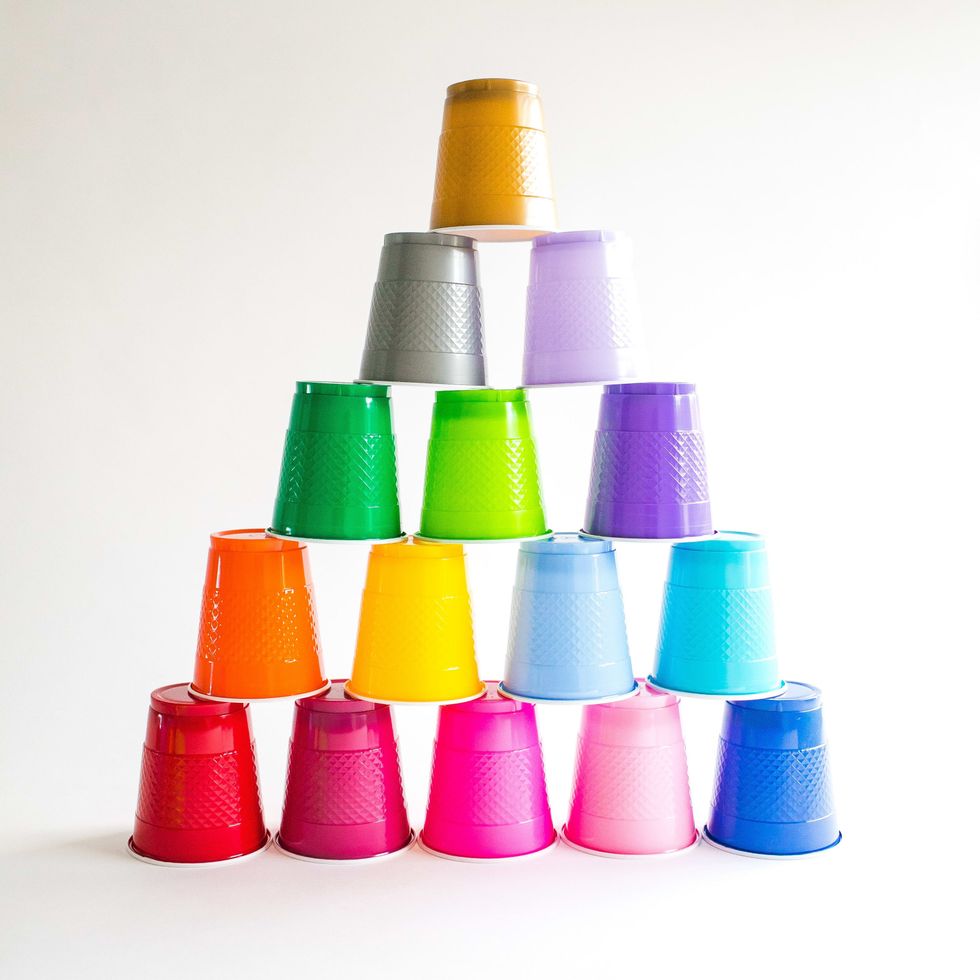
 Best Weed Smoking Games to Try - Jammin'
Best Weed Smoking Games to Try - Jammin'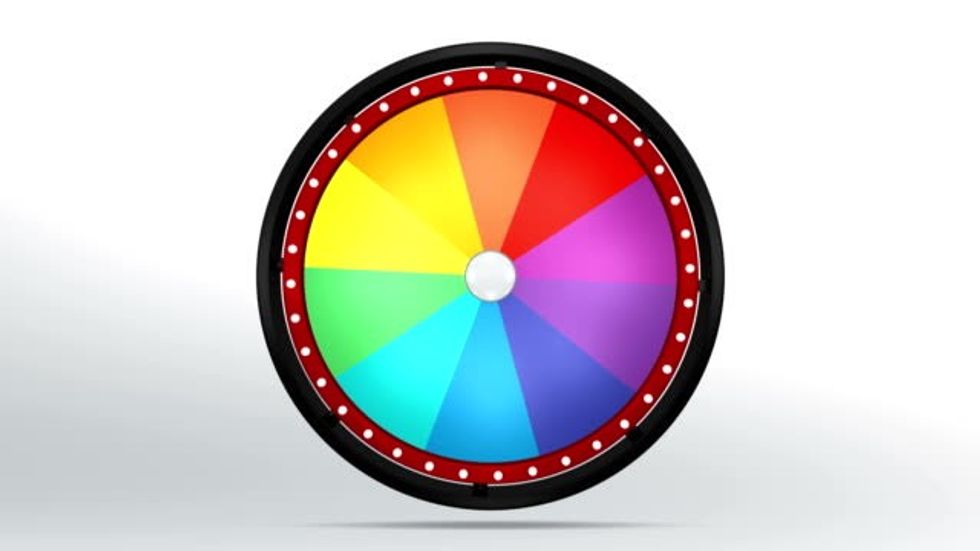 The 31 Best Weed Smoking Games To Try
The 31 Best Weed Smoking Games To Try The Best Weed Smoking Games
The Best Weed Smoking Games The Best Weed Smoking Games to Try
The Best Weed Smoking Games to Try
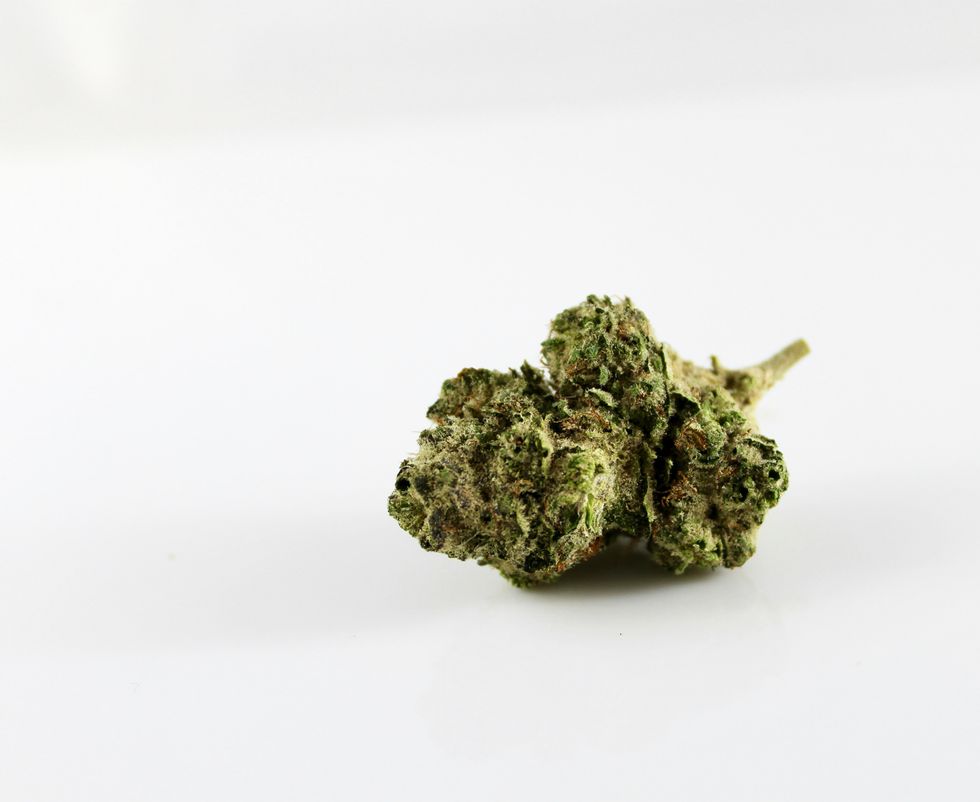
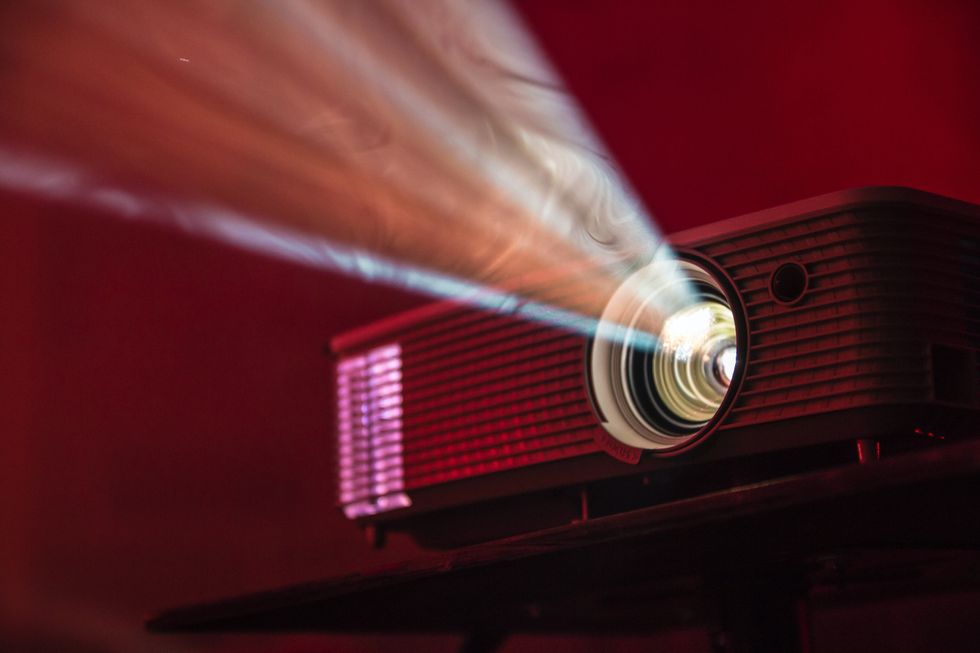 Stoner Games - Games to Play While High
Stoner Games - Games to Play While High The Best Weed Smoking Games to Play
The Best Weed Smoking Games to Play The Best Weed Smoking Games to Try
The Best Weed Smoking Games to Try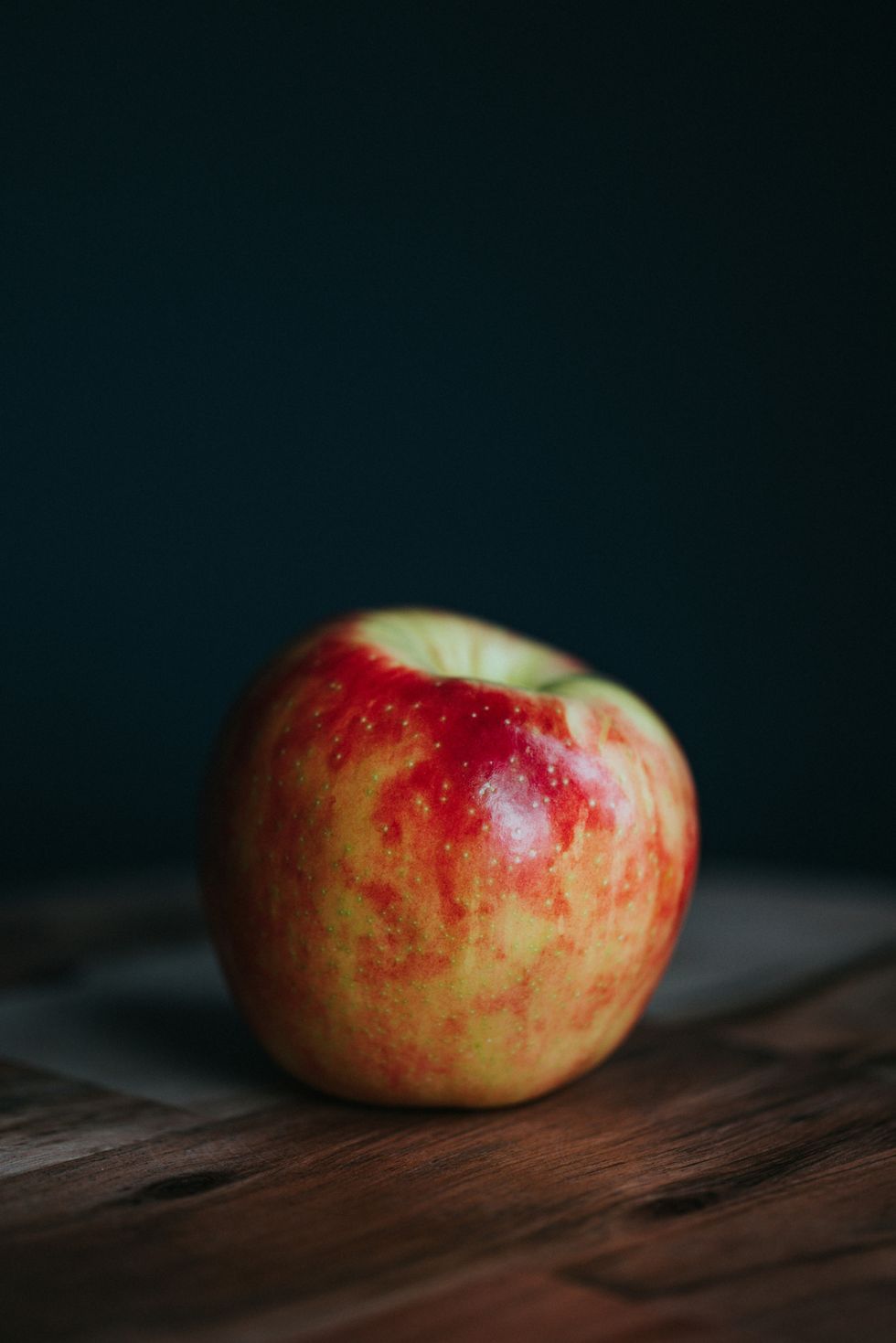
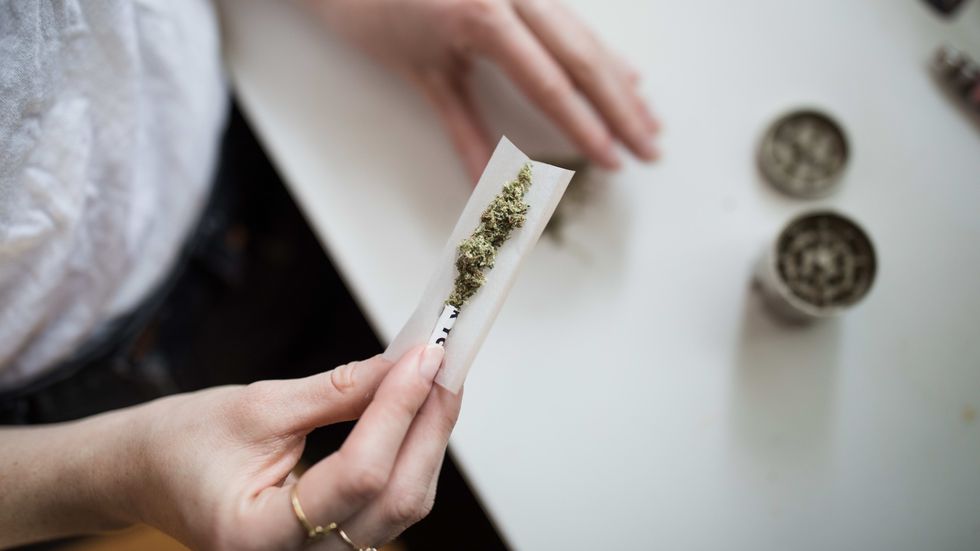 The Best Weed Smoking Games to Try
The Best Weed Smoking Games to Try
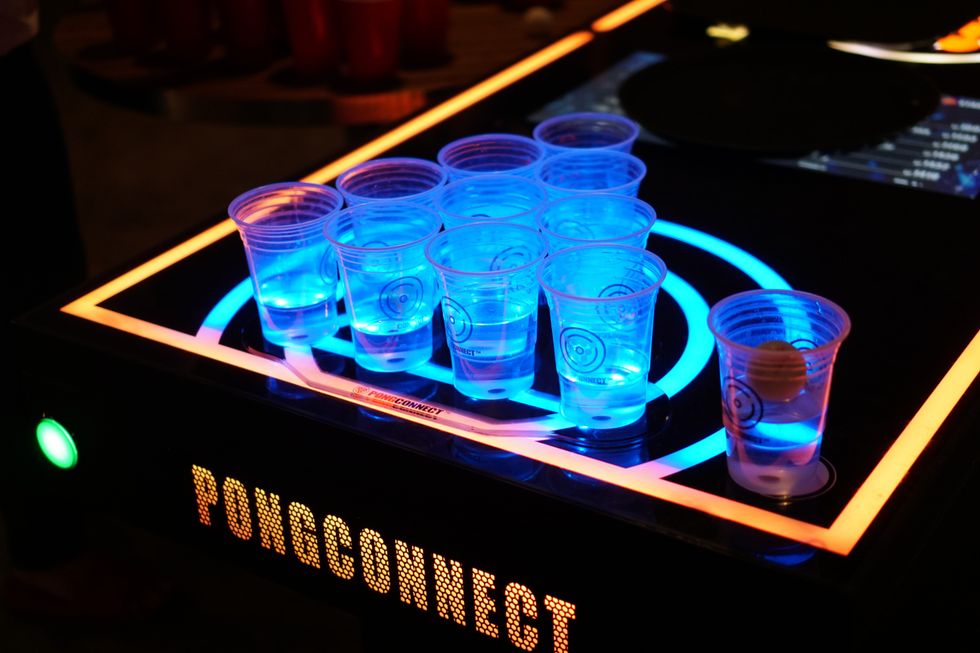 The Best Weed Smoking Games to Play
The Best Weed Smoking Games to Play The Best Weed Games to Play
The Best Weed Games to Play The Best Weed Smoking Games to Try
The Best Weed Smoking Games to Try The Best Weed Smoking Games to Play
The Best Weed Smoking Games to Play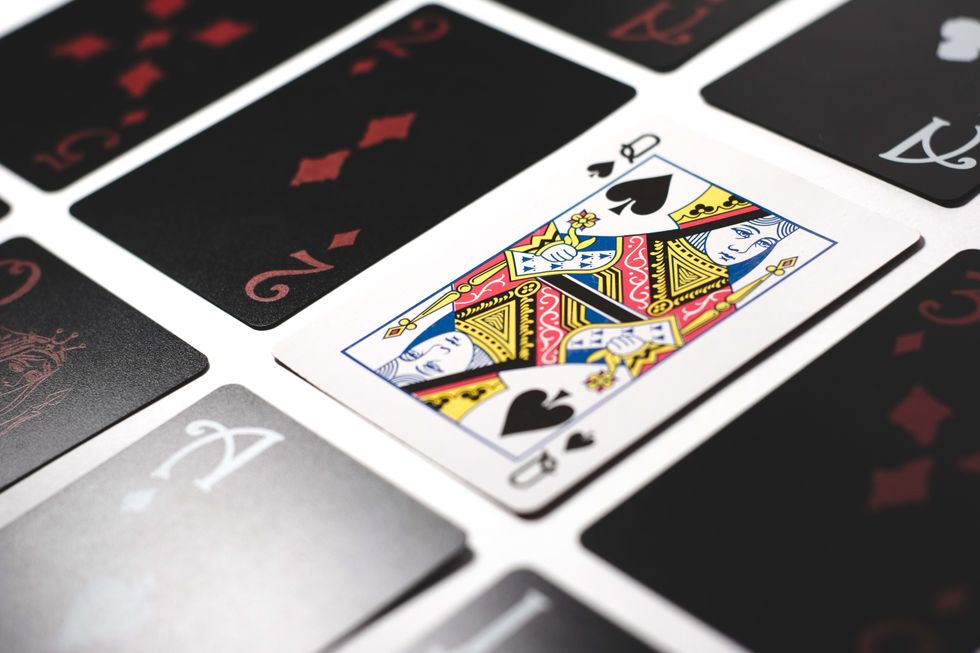 The Best Weed Smoking Games to Try
The Best Weed Smoking Games to Try Games for Stoners
Games for Stoners  woman in white and blue floral shirt sitting beside woman in white and black floral shirtPhoto by
woman in white and blue floral shirt sitting beside woman in white and black floral shirtPhoto by 
 The Best Weed Smoking Games to Play
The Best Weed Smoking Games to Play
 The Best Weed Smoking Games to Try
The Best Weed Smoking Games to Try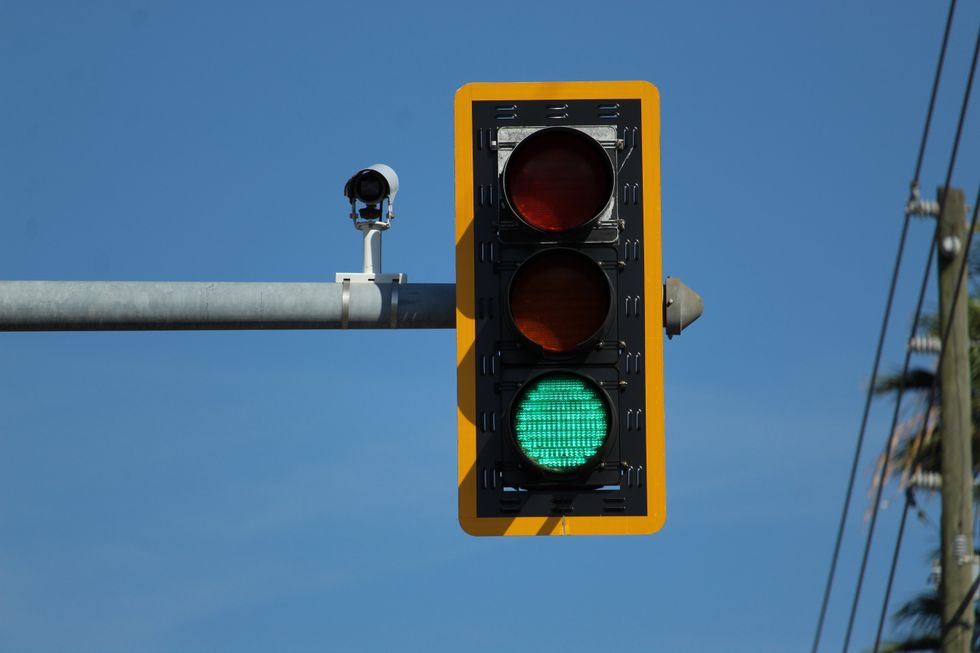 The Best Weed Smoking Games to Try
The Best Weed Smoking Games to Try world map with pinsPhoto by
world map with pinsPhoto by 
 The Best Weed Smoking Games to Try
The Best Weed Smoking Games to Try
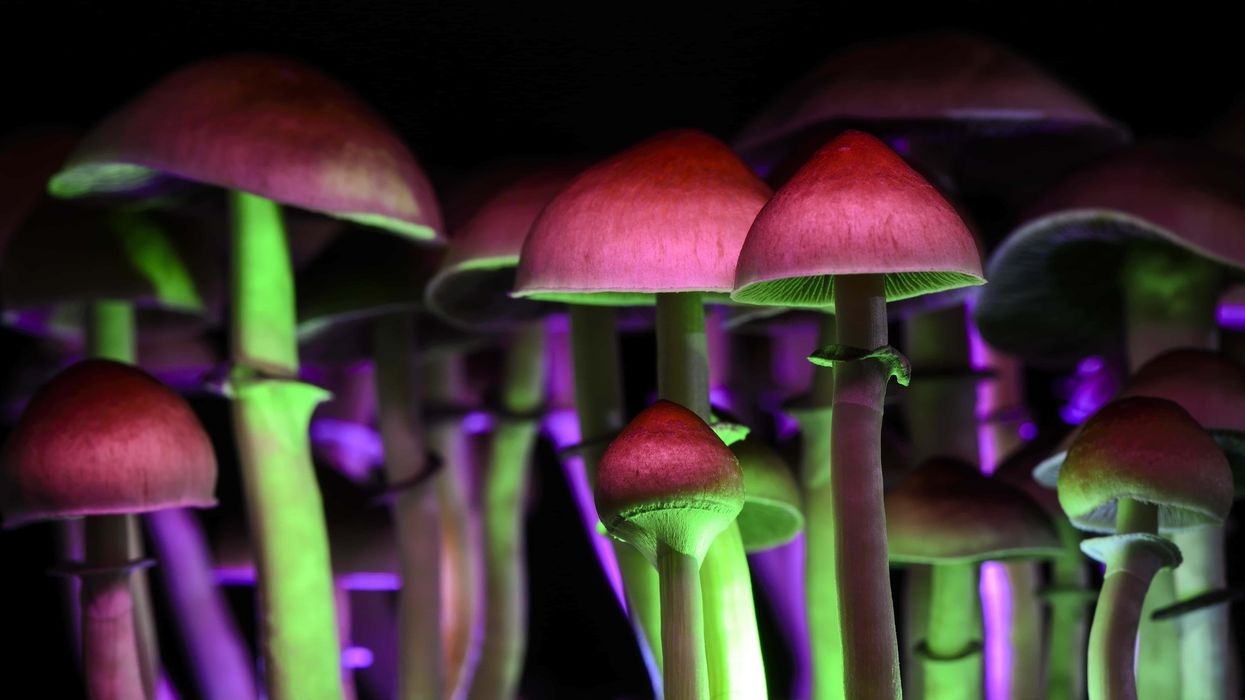

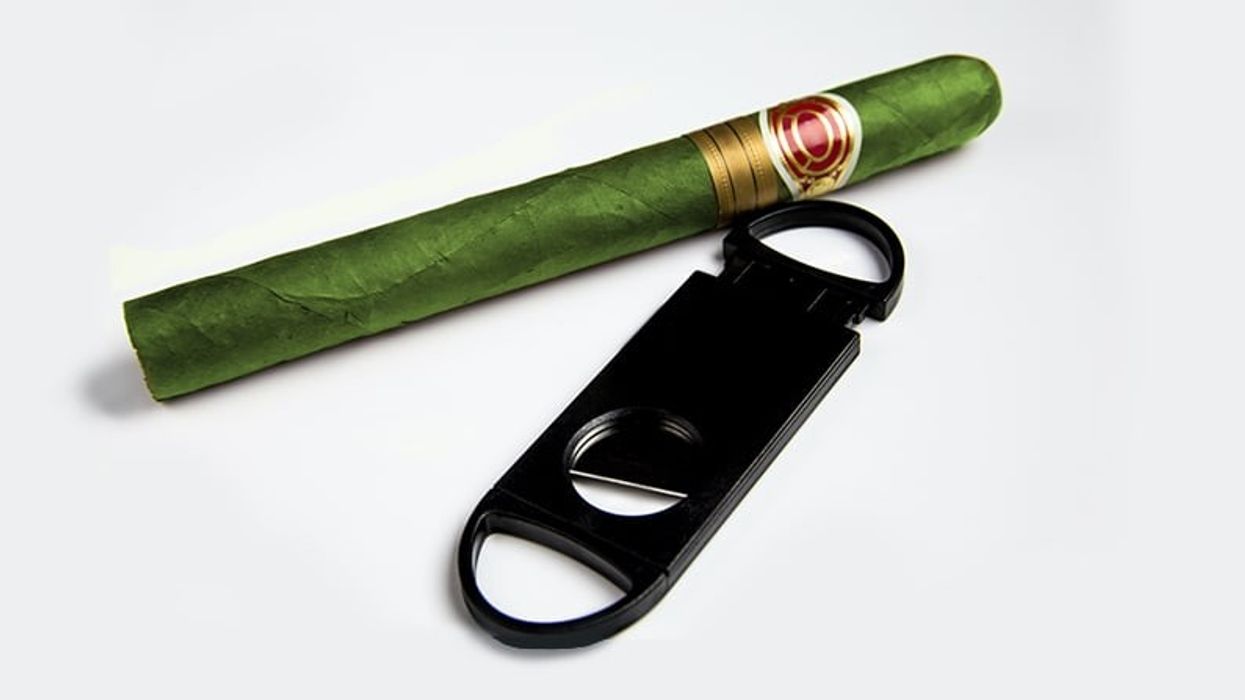
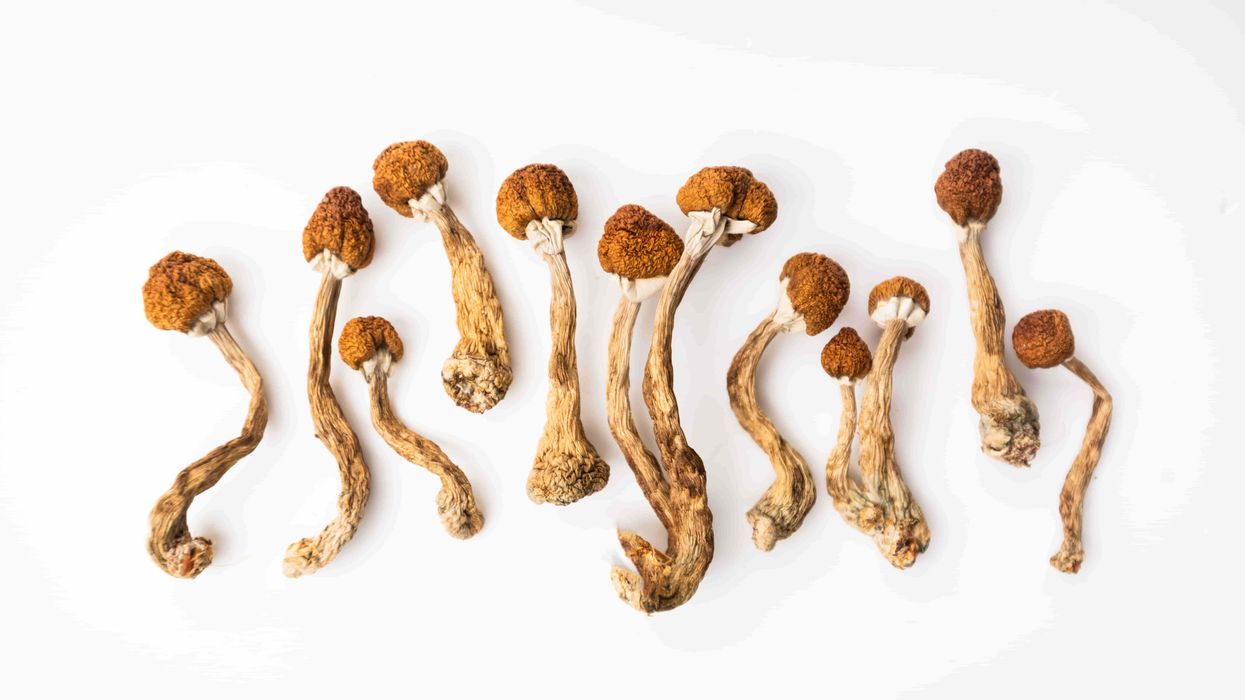


 The Truth About THC Candle: Cannabis Candles & How to Make Your Own - The Bluntness
Photo by
The Truth About THC Candle: Cannabis Candles & How to Make Your Own - The Bluntness
Photo by 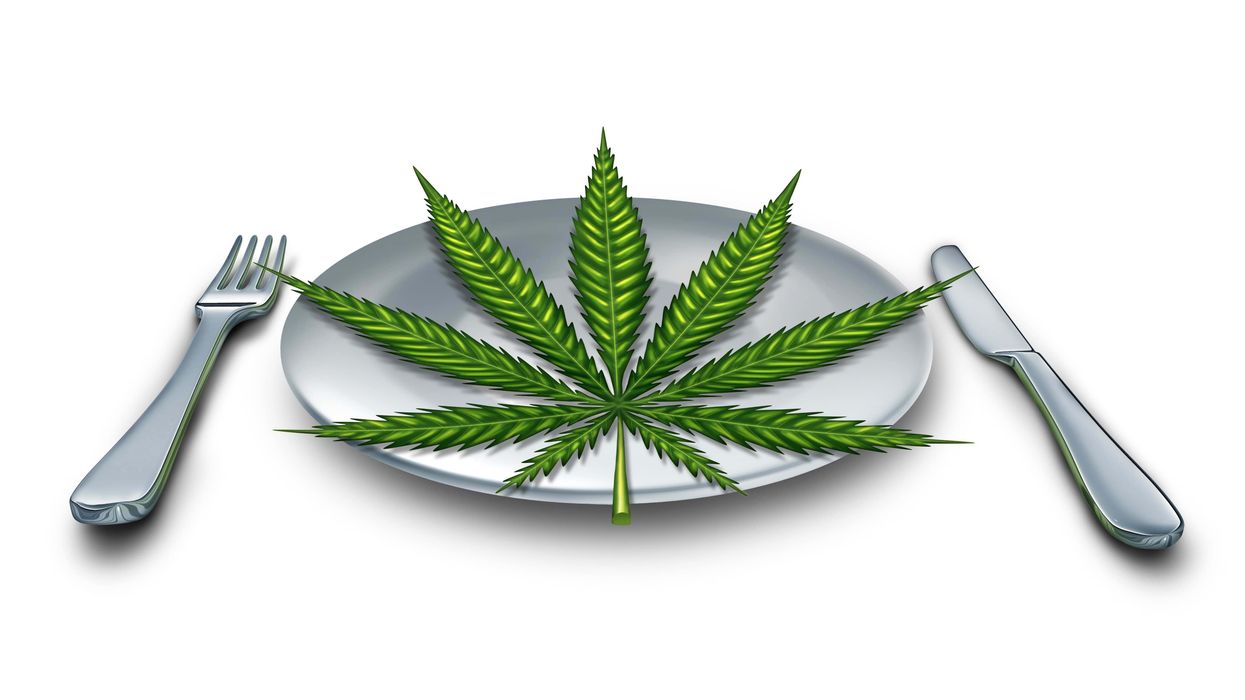
 Cannabis can actually be infused into almost any type of food.
Cannabis can actually be infused into almost any type of food.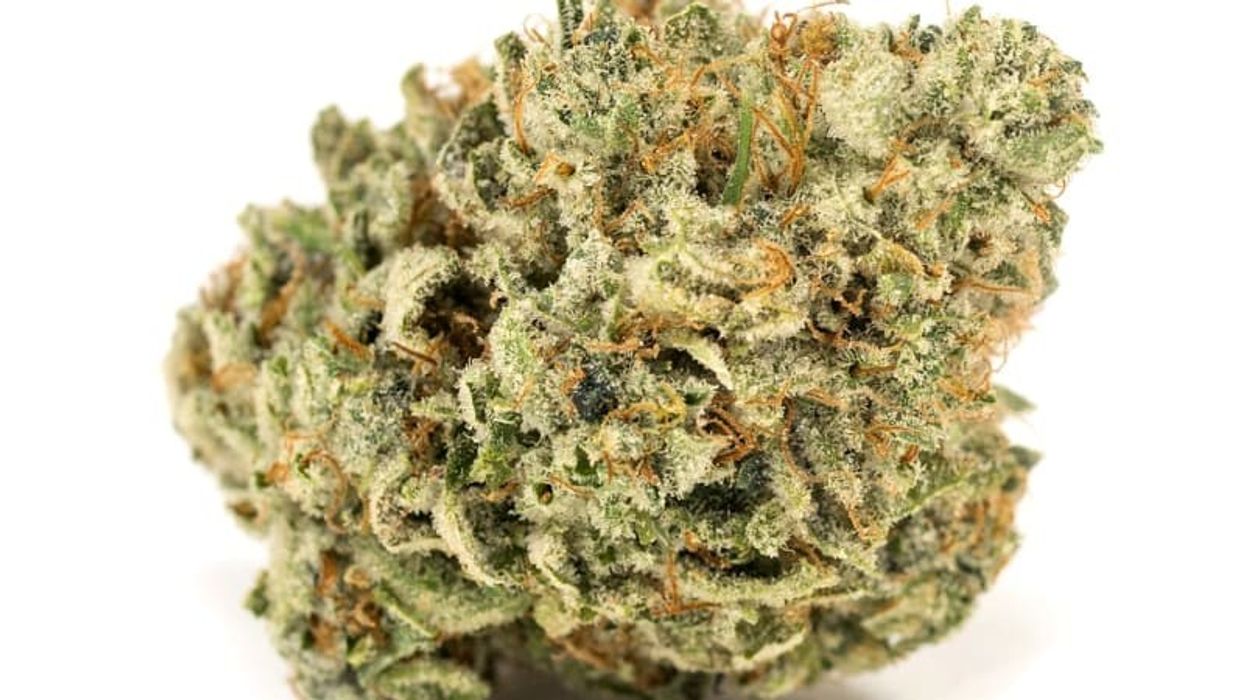
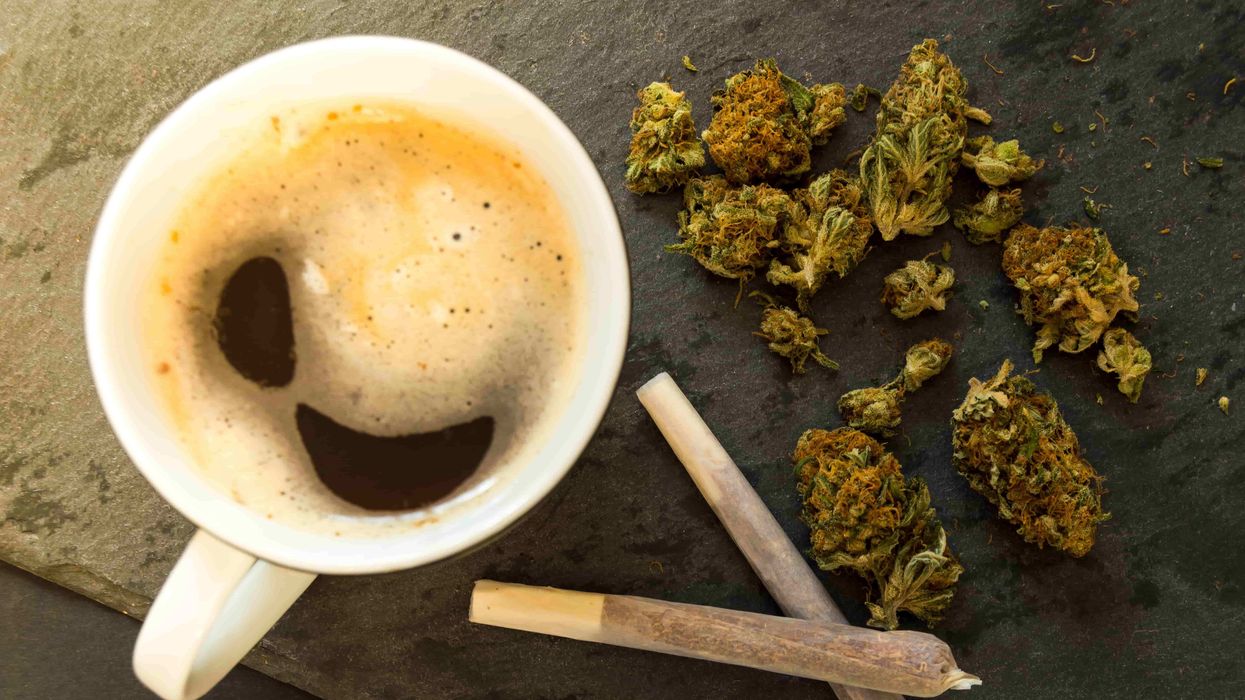
 Coffee & Weed: A Modern Spin on the Hippie Speedball - The Bluntness
Photo by
Coffee & Weed: A Modern Spin on the Hippie Speedball - The Bluntness
Photo by 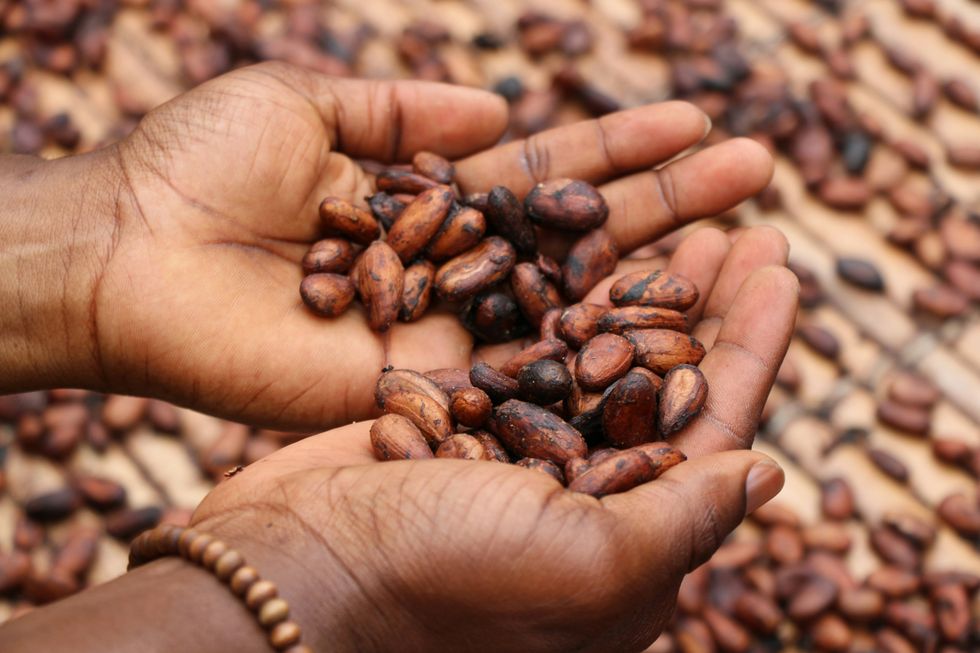 Coffee & Weed: A Modern Spin on the Hippie Speedball - The Bluntness
Photo by
Coffee & Weed: A Modern Spin on the Hippie Speedball - The Bluntness
Photo by  Coffee & Weed: A Modern Spin on the Hippie Speedball - The Bluntness
Photo by
Coffee & Weed: A Modern Spin on the Hippie Speedball - The Bluntness
Photo by